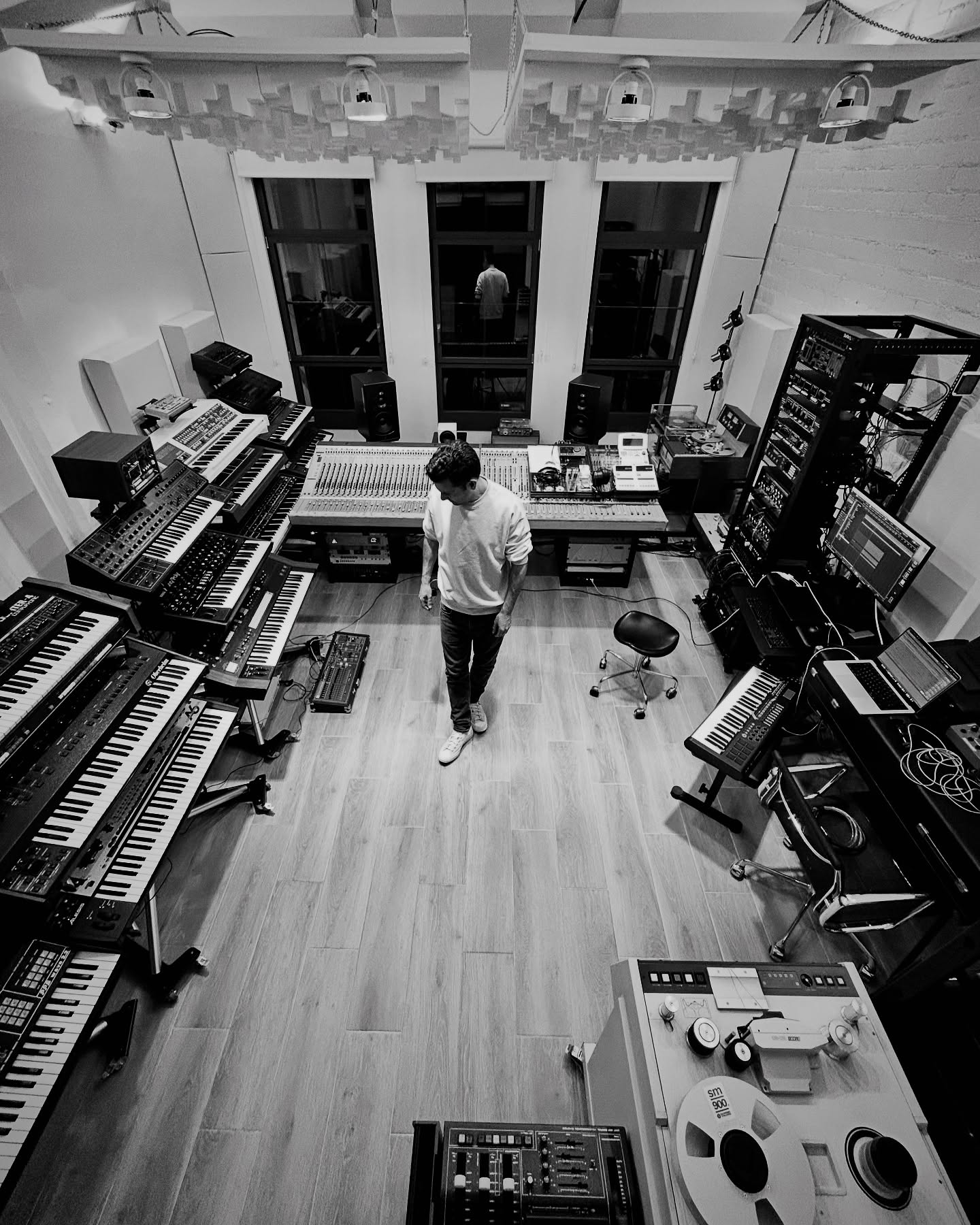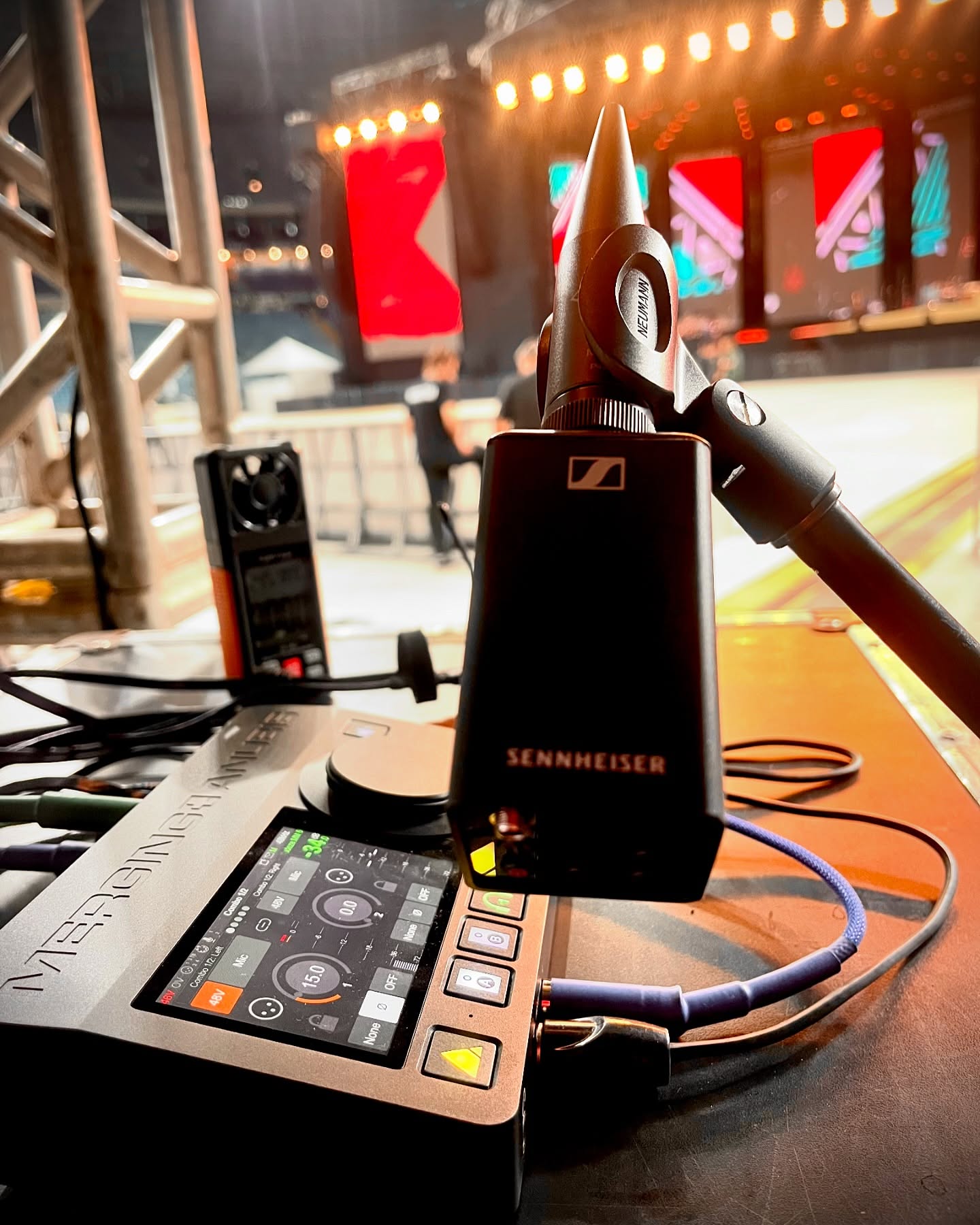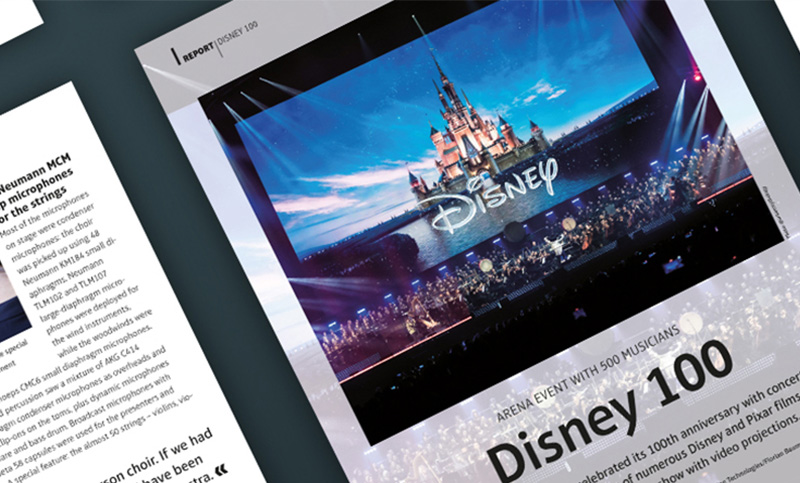-
Highlights
-
Products
-
Pyramix | Digital Audio Workstation
Ovation | Audio & Event Sequencer
ANEMAN | Audio Network Manager
Audio Tools
-
-
OEM Solutions
-
ZMAN RAVENNA/AES67
Success Stories
Studio Technologies Enhances ST 2110 Integration With Merging’s ZMAN Module
- November 25th 2024
ADI RAVENNA/AES67
Success Stories
ALSA RAVENNA/AES67
Success Stories
Comrex meets AES67 demands with a solution from Merging Technologies
- October 15th 2024
-
-
News
-
Merging to unveil Ovation 11 at ISE 2025 in Barcelona
- January 22nd 2025
Free Pyramix or Ovation Elements
with a new purchase of a Merging interface-
No end date currently
The Sennheiser Group at IBC 2024
- September 1st 2024
-
-
Sales
-
Support
-
Training
Resources
Tech Support
Downloads
-
-
Company
-
Contact Us
- Merging Technologies
- Route du Verney 4,
- 1070 Puidoux, Switzerland
- +41 (0)21 946 04 44
- General Enquiries
- OEM Enquiries
- Tech Support
Merging Technologies
What's Up?
-
Merging Audio Device (MAD)
The new Merging Audio Device replaces the legacy RAVENNA/AES67 ASIO Driver and provides owners of a Merging (Anubis, Hapi, Horus) or Neumann (MT 48) networked interface with more flexibility in their workflows.
The first of the major enhancements is a multi-ASIO capability that allows different applications to run simultaneously sharing ASIO inputs and outputs. Additionally, internal bridging allows channels to be defined to send audio between applications concurrently using MAD. ASIO is the most popular driver option for the recording industry but there are other markets where the official Microsoft WDM (Windows Driver Model) is essential and this is now incorporated into MAD. This addition makes the MERGING+ANUBIS the definitive audio interface for gaming and Esports. The combination of ASIO and WDM gives enormous flexibility by allowing WDM channels to be sent or mixed to the same outputs as ASIO or redirected to the bridge channels. This permits these channels to be routed or recorded by the ASIO applications. The implications are huge because this enables the user to listen to his favorite DAW whilst comparing his track with playback from applications like Spotify or YouTube.
Delving a bit deeper into the capabilities of MAD, it is possible to have the ASIO and WDM applications at different sample rates as the WDM has its own Sampling Rate Converter which will automatically convert to the ASIO rate. This allows a recording to be compiled on the ASIO side with some files coming from a WDM source with a higher or lower rate.

MAD more than a Driver
This new ASIO RAVENNA/AES67 device supports Multi ASIO Clients, integrates WDM Support and includes a device discovery view. With this new Device Driver multiple applications running ASIO can be launched in parallel on a same system, sharing the same sampling rate and at the same time multiple applications running WDM can be launched in parallel and have their own sampling rate automatically converted to the ASIO sampling rate. This allows monitoring the Windows system sound and any application (such as Spotify, YouTube, PC Sounds files,…) along with any ASIO applications, provided there is a Merging AoIP interface on the network.
Route or Bridge IO's
The new Merging Audio Device brings more flexibility to your workflows, share ASIO Inputs or ASIO Outputs (outputs of each client are mixed together on given channels) and bridge clients through the MAD bridge channels. Typically, WDM channels can either be sent and mixed to the same Outputs as ASIO, or redirected to the Bridge Channels so they can be routed (and recorded) to any ASIO applications.

The Infrastructure Pack
The addition of the low-cost Infrastructure option offers broadcasters extremely cost-effective, controllable solutions to both the start and end points of any centralised IP network. The opening to data centers and server based installations with VM support, the enhanced security provided by ST2022-7 and the additional discovery and control possibilities created by the inclusion of NMOS and LAWO Home, reinforce Merging Technologies’ position as a key solution provider for the broadcast and installation industries.
The Infrastructure Pack (optional)
- ST2022-7 Support
- NMOS Support
- Virtual Machine Support
- LAWO Home Support (NEW)
Features Summary
MAD (free of charge to Merging customers)
- RAVENNA/AES67 support for all Merging AoIP interfaces.
- Multi-ASIO client support
- WDM Support
- Internal Bridging
- Integrated Discovery
- Two running modes available:
- General: Recommended for Anubis, Horus & Hapi users
- NADAC mode: Recommended for MERGING+NADAC users
MAD Infrastructure Pack (Paid Option)
- ST2022-7 Support
- NMOS IS-04 and IS-05 Support
- Supports Virtual Machines
Important Note: MAD is supported on Windows 10 and above. User running Windows 7 must remain on the MERGING RAVENNA ASIO Driver.
Use Cases
We are gathering in our Knowledge Base various use cases and information on how to use the MAD driver.
- MAD: How to Monitor your system sound (WDM) independently from the ASIO Host.
- MAD: How to Monitor or Record back your Windows WDM applications in your DAW.
- MAD: How to run multiple applications using Multi-ASIO clients and as well monitor your system sound.
- MAD: How to use the different MAD Bridges.

Docs & Downloads
Current Installer
| File Name | Description | Date |
The Merging Audio Device replaces the current RAVENNA/AES67 ASIO Driver and provides you with more flexibility in your workflows. |
16.04.2025 |
|
MT Security Standalone Installer (15.1.0 Build 1309) |
16.04.2025 |
|
The Merging Audio Device is intended for owners of Horus, Hapi, MERGING+ANUBIS or NADAC interfaces hardware running on Windows 10, 64-bit who wish to work with ASIO or WDM. |
04.07.2022 |
























